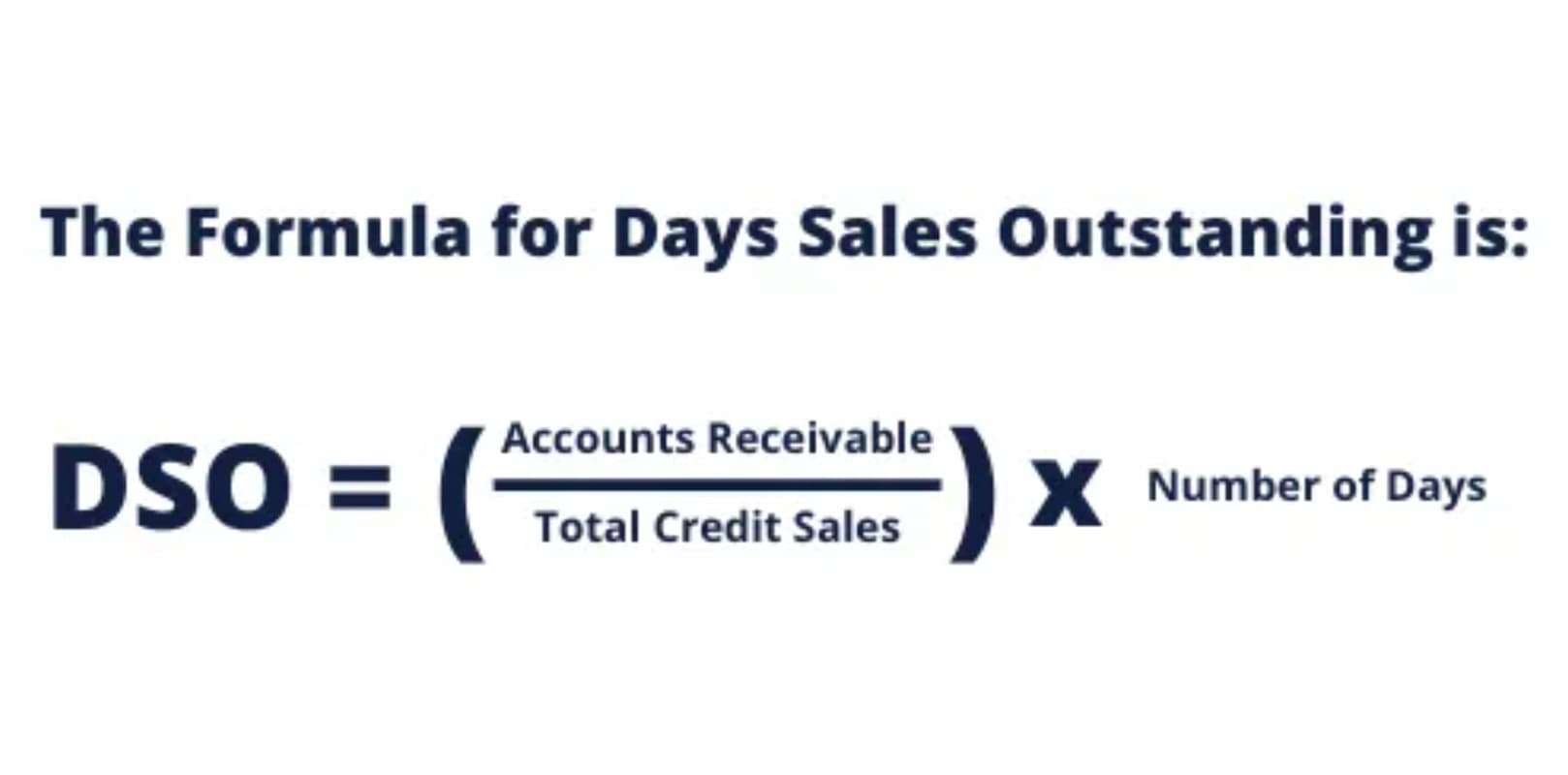10 Most Important KPIs for Construction Companies
40 Legit Ways to Make $20 Instantly Now Fast and Free! 2024
October 14, 202010 Most Important KPIs for Construction Companies

They also use pivot tables to subtotal and reconcile general ledger and intercompany transactions. Fixed assets are the long-term assets a business owns and uses, such as equipment and property. They also assist with consultant projects, develop and implement depreciation schedules, and create and monitor systems of controls for fixed assets. When you’re hiring a contractor accountant, researching the costs makes perfect sense. Plus, you’ll want to make sure the services included in their fees actually meet your requirements.
Even if you’re self-employed with no additional employees, you’re still required to remit payroll taxes on your own salary. Moss Adams works with construction organizations and associations across the industry to collect data on regional and nationwide trends. To bring you valuable data and analysis accountant for contractor that helps benchmark your company against competition—so you can make informed decisions about everything from salaries to inventory. Boost your cash flow by navigating the complex tax credit claims process with our R&D Tax Credits, Federal and State Hiring Credit Services, and more.
Technology Services Helpdesk
Together, these two systems give a construction company a holistic view of its finances. Job costing helps maintain organization in the construction accounting process since the accounts related to individual projects are kept separate from the centralized accounts. Construction accounting also includes the management of accounts receivable and accounts payable, cash flow, and the reporting of financial information. This article will introduce construction accounting, including the key principles and techniques for managing your construction business. Construction accounting comes with industry-specific concepts and challenges. Construction accounting can be for multi-year projects subject to many transformations over their lifetime.

In general, a construction business with gross receipts over $10 million must use the percentage of completion revenue recognition method for tax purposes. A construction business with gross receipts under $10 million can use the completed contract method on construction projects that last less than two years. They’re only required to use the percentage of completion method for construction contracts that extend over two years.
Skilled Labor Shortage Continues to Challenge Industry Despite Economic Gains
By setting this up during the vendor setup process, you can eliminate the need to allocate the expense when it’s entered. Zoho Books offers excellent bookkeeping and accounting capability for small businesses, including a solid expense management feature. If you have numerous expenses to track, it’s best to use accounting software to track them properly.
- One of the most frequent use cases of job cost reports is avoiding overruns by projecting costs into the future.
- Contractors record revenue when and only when they receive payment — and report expenses when and only when they actually pay.
- Whether talking about billing, production, or labor, contractors operate their business primarily around projects.
- To compile the list, Payscale analyzed 85,715 salary profiles from U.S. workers with no education higher than a high school diploma.
- Careful construction accounting may not be a top priority if you are trying to grow your business while keeping track of a fluid project schedule and a constantly changing workforce.
- The most comprehensive accountancy portal on the market, Connect enables you to fully manage your accounts on the go and allows us to provide a complete consultative service.
Using an expense tracker and saving your receipts can help you keep track of all of your expenses and project profits on each job. In this guide, we address some of those challenges and cover the basics of construction accounting. Follow this resource step-by-step to establish an effective accounting process, avoid costly mistakes, and make more money. The complexity of modern construction projects makes it difficult to share large amounts of data between different systems and teams. It’s really quite simple to categorize your business expenses, but many small business owners put this process off until it’s absolutely necessary, creating more work in the process.
Latest Industry Happenings
For an employee working in multiple states, unemployment is often owed only to one state per employee. Construction is one of those rare industries that face rigorous compliance requirements, followed by multiple profit centers and decentralized production. With unit-price billing the contractor doesn’t charge the customer for the total amount at once. Conversely, the contractor bills the client per line item, with each line item identifying separate tasks or scopes of work. In more detail, the general ledger is a series of project-based accounts that accountants use to record all transactions regardless of the project. Since everything looks better in a table, here’s one to help you remember the 3 critical revenue recognition methods.

Generally Accepted Accounting Principles (GAAP) is a set of rules and guidelines for financial accounting. Accountant-contractors use GAAP to ensure compliance with accounting and operational processes. They evaluate and implement systems to improve operational efficiency and adherence to GAAP, as well as analyze and reconcile GAAP and stat balance sheet and income statement accounts. Many industries operate around fixed-price, point-of-sale billing, but that’s not always the case with construction. Because construction production is project-based, decentralized and long-term, contractors may use a number of billing styles and methods.
Accountant-contractors use purchase orders in various ways, such as monitoring receivables, creating and maintaining vendor information, verifying invoices, and conducting research for missing purchase orders. They also manage the purchase order process, including quotes, scanning of invoices, and closing purchase orders when money has been spent. They ensure purchase order accuracy and reconcile purchase orders and vendor accounts.
- A good construction accounting software manages accounts receivable and payable and helps contractors collect a debt and ensure that they maintain good relationships with their suppliers.
- As a result, there are special considerations for tracking, reporting, revenue recognition, collection and cash flow strategies, and cash management in construction.
- Companies that underpay taxes must pay interest to the IRS on the amount underpaid, while companies that overpay will receive a return with interest — which is usually not as valuable as having cash on hand.
- Managing the progress and profitability of large, long-term construction projects can be a significant challenge….
- A key performance indicator (KPI) is a metric used to evaluate performance against a set objective.
